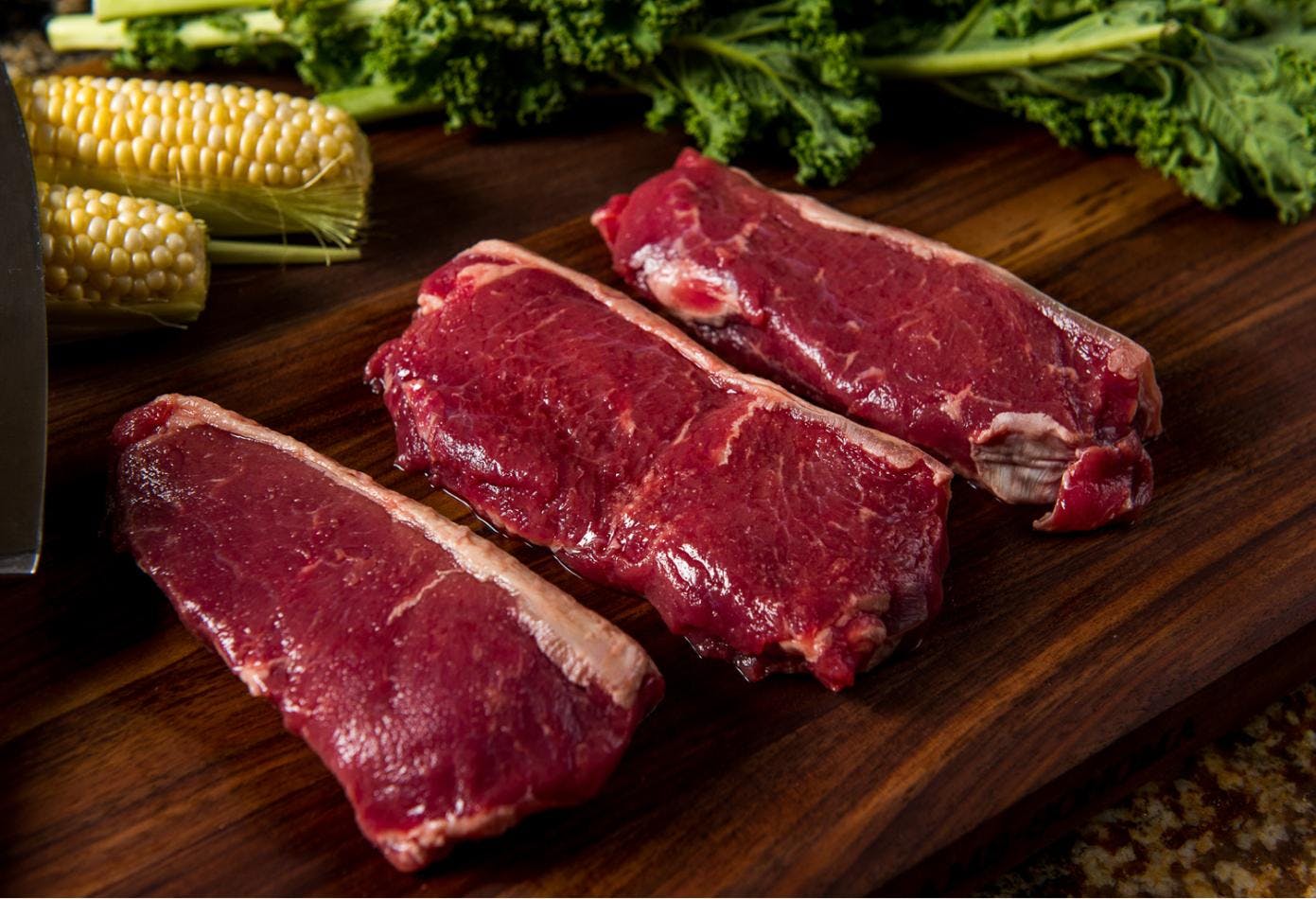Choosing the best grass-fed beef is not only a preference for many health-conscious consumers but also a lifestyle choice that supports sustainable and ethical farming practices. As the demand for grass-fed, organic beef continues to rise, it's important to be well-informed on how to select the highest quality product. This comprehensive guide merges insights from leading sources, providing you with a well-rounded perspective on how to choose the best grass-fed beef.

Understanding Grass-Fed Beef
Grass-fed beef comes from cattle that have grazed on grass for the majority of their lives, as opposed to those fed grain-based diets. This natural diet ensures that the beef is leaner, contains a higher level of omega-3 fatty acids, and has more antioxidants and vitamins. However, not all grass-fed beef is created equal, and understanding the nuances can greatly impact your purchasing decision.
The Importance of "Grass-Finished"
When selecting grass-fed beef, it's crucial to differentiate between "grass-fed" and "grass-finished." While "grass-fed" can sometimes mean the cattle were started on a grass diet and finished on grain, "grass-finished" ensures the animals were fed grass throughout their entire life. This distinction is important for nutritional content and ethical considerations.
Organic vs. Grass-Fed
It's also essential to understand the difference between organic and grass-fed beef. Organic beef refers to beef from cattle that were raised without antibiotics or synthetic hormones and fed organic feed. Grass-fed beef focuses on the diet of the cattle rather than the use of antibiotics or hormones. For the highest quality, look for beef that is both organic and grass-fed.
Health Benefits
Grass-fed beef is not only beneficial for the environment and animal welfare but also offers several health advantages. It is richer in key nutrients, including antioxidants, vitamins, and a healthier balance of fats. Specifically, it has up to five times more omega-3 fatty acids than grain-fed beef, which is crucial for heart health.

How to Choose and Buy
1. Look for Certifications: Certifications can help ensure the beef you're purchasing meets certain standards. Look for labels like "100% grass-fed" or "grass-finished," and certifications that indicate organic practices.
2. Understand Labeling: Be cautious of vague terms like "natural," which do not specify the diet of the cattle or farming practices. Instead, focus on clear, well-defined labeling.
3. Know Your Farmer: Whenever possible, buy directly from farmers or reputable butchers who can provide detailed information about their cattle's diet and living conditions. This direct line of communication can offer insights into the beef's quality and the farm's ethical practices.
4. Consider the Cut: Different cuts of beef may benefit from grass-fed diets in varying ways. For instance, leaner cuts from grass-fed cattle may be more flavorful and healthier due to their diet.
5. Price and Availability: Grass-fed beef often comes at a premium price due to the more extensive land and time required to raise cattle this way. However, investing in grass-fed beef supports sustainable agriculture and can be a healthier option in the long run.
Cooking Tips
Grass-fed beef generally cooks faster than grain-fed beef due to its lower fat content. To ensure the best taste and texture, cook it at lower temperatures and avoid overcooking. Letting the beef rest before serving can also help retain its juices and flavors.
Final Thoughts
Choosing the best grass-fed beef involves more than just reading labels. It requires an understanding of what truly constitutes grass-fed and organic beef, knowledge about the health benefits, and an appreciation for the environmental and ethical implications of your choices. By following this guide, consumers can make informed decisions that align with their health goals and values, supporting sustainable farming practices while enjoying high-quality beef.